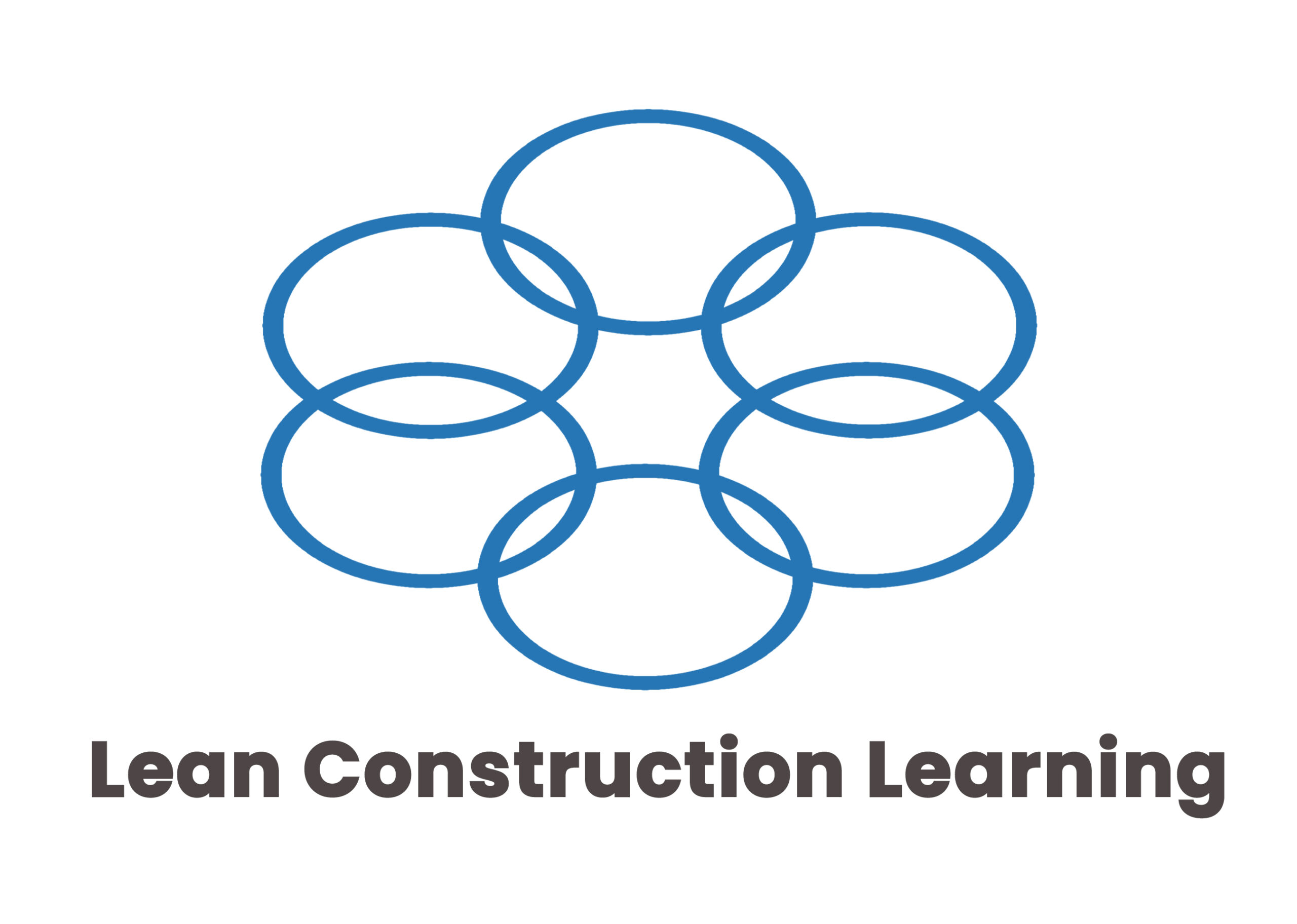In recent years the manufacturing and service industries have become globally competitive, based to a great extent on the application of the lean philosophy to optimize performance. On the contrary, the majority of construction work is still based on traditional methods that have been handed down from earlier generations. These practices often lead to a number of wastes that are manifested as cost and schedule overruns as well as quality-related issues that go beyond building code compliance. The industry requires code compliance inspections, but as Deming, Juran and others cautioned, quality cannot be inspected in; it must be built in. Traditional construction activities present many opportunities for waste, especially in the hand-offs between the members of the project team as their respective companies tend to place individual business interests above the needs of the project. In other words, they seek local optimization while the success of a project calls for all-round or global optimization. Research studies attribute waste in the construction process to inefficiencies, mistakes, delays, and poor communications. An article titled “Construction and the Internet” in The Economist of January 15, 2000, noted that up to 30% of construction costs is due to inefficiencies, mistakes, delays and poor communications. Studies by the Construction Industry Institute (CII) have identified that 10% of project cost is typically spent on field rework.
Construction industry practitioners have been continually seeking to apply better technologies and processes to improve project delivery, but change has come very slowly because of the lack of a unified strategy, and because there is little incentive to change. Most construction contracts place the parties to construction in adversarial roles, although approaches such as “design-build” and “partnering” have diminished this challenge to a limited extent. Glenn Ballard, Ph.D. and Greg Howell, P.E., co-founded the Lean Construction Institute (LCI) in 1997, and started a collaboration that has shaped the discourse on lean construction, an innovative approach that builds on concepts advanced in the Toyota Production System (TPS). Ballard’s research led to “The Last Planner System of Production Control”, a methodology in which the active participants in the design and/or construction processes are empowered to do the detailed planning and coordination needed to secure near-seamless interaction. The methodology includes procedures for removing constraints before work is initiated, as well as measurement systems to gauge performance, and feedback to introduce corrective actions at frequent intervals during a project when they can have the maximum effect on outcomes. Ballard also developed the Lean Project Delivery© System (LPDS) that further improves integration and optimizes
project performance.
Lean construction maximizes value and reduces waste and applies specific techniques in a new construction project delivery approach. It includes supply chain management and Just-In-Time techniques as well as the open sharing of information and close collaboration between all the parties involved in the production processes. The TPS was developed by Taichii Ohno in the 1950s (Womack et al., 1990). Ohno had observed mass production at Ford Motor Corporation’s manufacturing facilities in the U.S. and recognized that there was much waste (muda) everywhere. Ohno and Shigeo Shingo, an industrial engineer at Toyota identified 7 wastes in mass production systems:
1) Overproducing
2) Idle time waste – waiting time/queue time
3) Transporting/conveyance waste
4) Processing waste – waste in the work itself
5) Inventory waste – having unnecessary stock on hand
6) Wasted operator motion – using unnecessary motion
7) Producing defective goods – waste of rejected production.
Ohno sought to develop a delivery process that met customers’ needs with very little inventory. However, working without inventory meant that the production line had to speed up, and every person involved it in that process had to improve their skills in order to accomplish the production targets. The Toyota Production System was based on the “Just-In-Time (JIT) philosophy; its three tenets were minimizing waste in all forms, continuous improvement of processes and systems, and maintaining respect for all workers. Its benefits are reduced inventories (and space) higher human productivity; better equip product and utilization, shorter lead times, fewer errors, and higher morale. In the mid – 1970’s Toyota reduced the time needed to produce a car from fifteen days to one day, using JIT.
.
The Lean construction philosophy views a project as a promise delivered by people working in a network of commitments. Smooth work flow is dependent on having the parties to construction make promises to carry out assignments, and keep their promises. Reliable promises downstream enable others, especially upstream to make reliable promises as well, in anticipation of predictable workflow. When all the parties keep their promises, waste is reduced, productivity is increased, and projects can be completed more rapidly. Promise-keeping by the parties is an essential behavior for lean construction. It is a critical requirement in the Integrated Form Of Agreement (IFOA) for Lean Project Delivery (Lichtig, 2006). At the level of weekly work plans the involved trades must know the scope of upcoming assignments. They must use this knowledge to determine the resource requirements – labor, equipment, materials, information, etc. Above all, they should ensure they can deliver on their promises.
The Last Planner System is one method for applying lean techniques to construction. It emphasizes control as “causing events to conform to plan” as opposed to the construction tradition of monitoring progress against schedule and budget projections. The Last Planner is based on three levels of schedules and planning tools. In some projects daily schedules represent a 4th level:
• The master “pull” schedule serves as the overall project schedule.
• The look-ahead schedule reflects major work items that need to be completed for the milestone dates in the master pull schedule to be met.
• The weekly planner schedule delineates the work activities or assignments “pulled” from the look-ahead schedule that must be initiated to meet the completion dates in that schedule.
The so-called Last Planner is the foreman or other professional who prepares the weekly planner schedule. This schedule also includes a buffer of work activities based on future work. The reliability of the Last Planner System and Lean Construction in general, hinges on informed commitments in order to maintain the trust that is essential for avoiding waste. If subcontractor B (Sub. B) depends on Sub. A to have a work area available by a given day, then Sub. B should be able to mobilize crews for that day without being concerned that Sub A might not keep its promises. Should that occur, Sub. B could incur significant waste by having workers report for duty without being able to carry out the scheduled tasks. This waste would not only penalize Sub B., but would contribute to an ongoing spiral of distrust that characterizes traditional construction. In that scenario, each trade schedules hesitantly, cautiously optimistic that other supporting trades may keep to the schedule, but often anticipating that that they not.
Constraint analysis is an important part of weekly planning – the respective trades have to identify any requirements that represents a constraint to the planned activities. As opposed to traditional construction, lean methods involve tracking and removing the constraints before committing to further work. Measurement is a very important feature of the Last planner System. The weekly accomplishment is measured as “Percent Planned, Complete (PPC). Typically, if ten specific work activities are planned for a given week and only five are completed, the PPC value is 0.5 or 50 percent. Even if the remaining five items are partially complete, they are not included in the calculation. Members of the project team then review the causes of imperfect performance by using root cause analysis tools such as the “5-why” technique. They track the “RNC” reasons for non-completion.
The benefits of lean construction techniques have been demonstrated by the improved performance of many projects at each and every project phase. Lean construction may require more time in the design and planning phases, but this attention eliminates or minimizes conflicts that can dramatically change budgets and schedules. Lean design concurrently defines the facility to be constructed and the method or process to be used in building it. Whereas traditional practice excludes contractors from the design process and obstructs valuable product design information, lean construction advocates simultaneous product design and process design. Cross-functional teams – including architects/engineers, contractors, and subcontractors are brought together. Building Information Modeling (BIM) enables designers and contractors to minimize or eliminate conflicts between various building systems, reducing one major source of waste. BIM design information can also enable contractors to generate procurement information to meet material supply requirements.
For further reading:
Ballard, G., and Howell, G. (1994). “Implementing lean construction – stabilizing work flow”. Conference on Lean Construction, Santiago, Chile, Sept 1994.
Ballard, G. (1994). “The Last Planner”. Northern California Construction Institute Spring Conference, Monterey, CA, April, 1994.
Ballard, G. (2000). “The Last Planner System of Production Control”. Ph.D. Thesis. Faculty of Engineering. School of Civil Engineering. The University of Birmingham.
Lichtig, W. A. (2006). “The integrated agreement for lean project delivery”, American Bar Assn, Construction Lawyer, Vol. 26, No. 3.
Womack, J., Jones, D., and Roos, D. (1990). The Machine That Changed the World, Harper Collins, New York

